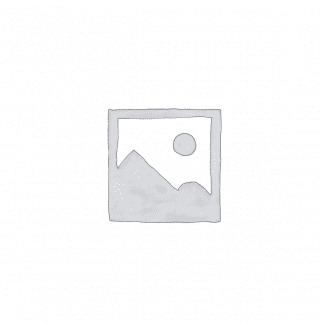Microorganisms associated with spoilage of fruits were studied using standards microbiological methods. The analysis was done on banana, pawpaw and orange using various media (Nutrient, Mac conkey and Sabroud agar). It showed that E. Coli (28.6%) were the most predominant bacterial isolates associated with the spoilage of selected fruits, in Easter part of Nigeria. This was followed by Enterobacter Spp (21.4%), Staphylococcus aureus (14.3%), Ermwinia spp (14.3%) and Pseudomonas Spp (14 -3%) while Samonella Spp (7.1%) was the least predominant. The fungi isolate obtained were Aspergillus Niger (25.0%), Aspergillus Fumigatus (37.5%) Rhizopus Stolonifer (37 – 5%) and A. niger to be the least predominant. No protozoa or viruses were found to be associated with the spoilage of selected fruits. The frequence occurrence show that the bacterial isolates were the most predominant (63.6%) than fungi isolates. The method used for the analysis were streaking plate method. The presence of indicator and other organisms examined in this study is of special concern and perhaps the greatest danger associated with food for human consumption is contaminated by human excrement. Therefore the need for microbial assessment of fruits before consumption is highly need.
Title page
Certification
Dedication
Acknowledgement
Table of contents
List of table
Abstract
CHAPTER ONE
1.0 Introduction
1.1 Background of the Study
1.2 Aim Objectives of the Study
1.3 Statement of the Problems
1.4 Significance of the Study
1.5 Limitation of the Study
CHAPTER TWO
2.0 Literature Review
2.1 Description of the Selected Fruits (Banana, Orange and Pawpaw).
2.2 Health Benefits of the Selected Fruits (Banana,Orange, and Pawpaw).
2.3 Nutritional Values of Selected Fruits (Banana,Orange and Pawpaw)
2.4 Distribution and Production of Selected Fruits(Banana, Orange and Pawpaw).
2.5 Medicinal Value of Selected Fruits (Banana,Orange and Pawpaw).
2.6 Causes of Spoil Ages of Selected Fruits(Banana,Orange and Paw-Paw).
2.7 Prevention of Spoilage of Selected Fruits
CHAPTER THREE
3.0 Materials and Methods
3.1 Materials (See Appendix)
3.2 Methods
3.2.1 Sterilization of Glassware
3.2.2 Collection of Samples
3.2.4 Preparation of The Fruits Sample
3.2.5 Preparation of Culture Media
3.2.6 Plating Technique (Streaking)
CHAPTER FOUR
4.0 Results
CHAPTER FIVE
5.0 Discussion, Conclusion and Recommendation
5.1 Discussion
5.2 Conclusion
5.3 Recommendation
References
Appendix
LIST OF TABLE
Table 1: Shows the total bacterial and fungi count obtained from fruits
Table2: Frequency of occurrences of microorganisms associated with spoilage of selected fruits in eastern parts of Nigeria.
Table 3: Frequency of occurrence of bacteria with selected fruits spoilage in eastern part of Nigeria.
Table 4: Shows frequency of occurrence of fungi with selected fruit spoilage in eastern part of Nigeria (Enugu).
Table 5: Show the diltaint xtic test of the microorganisms isolated from the selected fruits
- For Reference Only: Materials are for research, citation, and idea generation purposes and not for submission as your original final year project work.
- Avoid Plagiarism: Do not copy or submit this content as your own project. Doing so may result in academic consequences.
- Use as a Framework: This complete project research material should guide the development of your own final year project work.
- Academic Access: This platform is designed to reduce the stress of visiting school libraries by providing easy access to research materials.
- Institutional Support: Tertiary institutions encourage the review of previous academic works such as journals and theses.
- Open Education: The site is maintained through paid subscriptions to continue offering open access educational resources.



